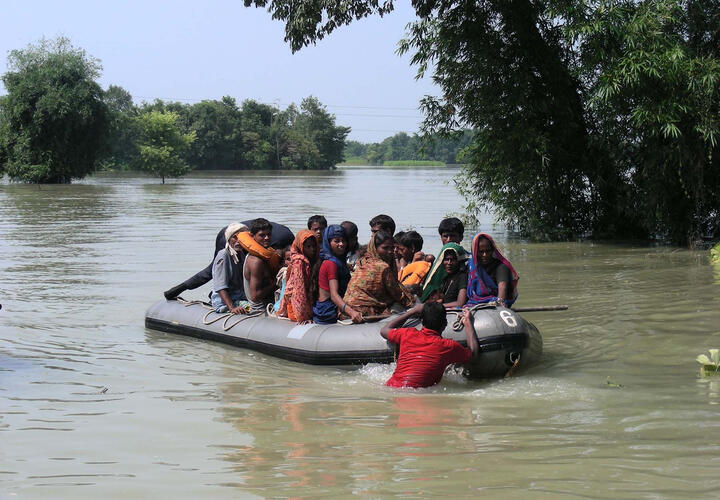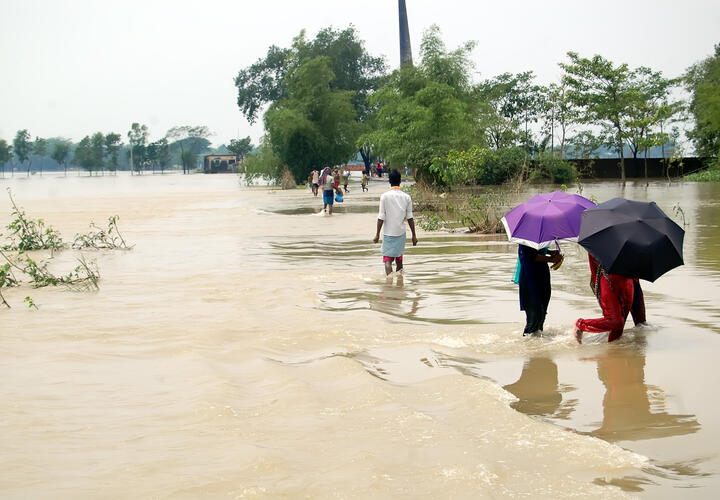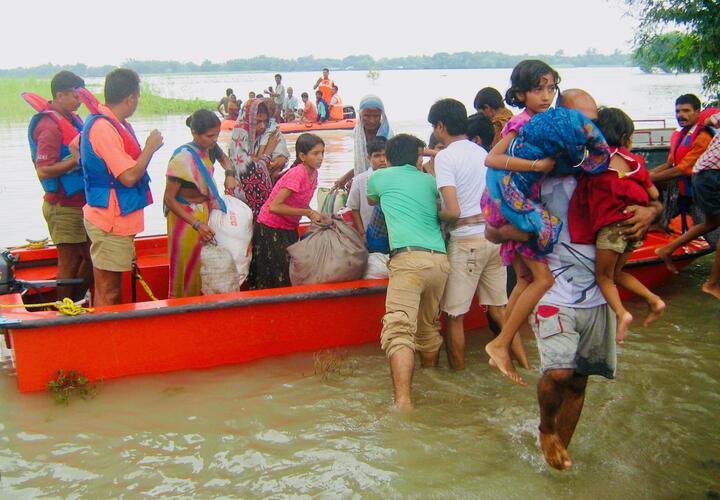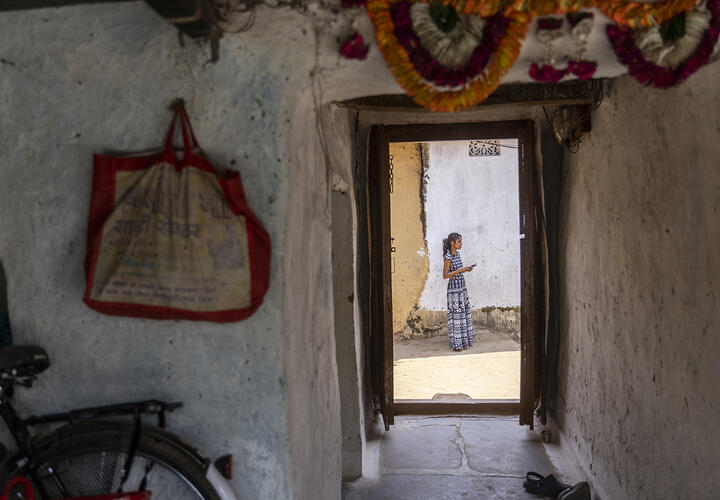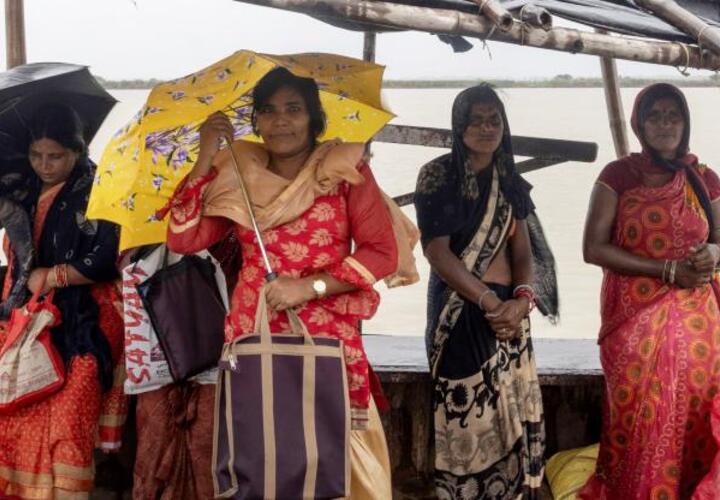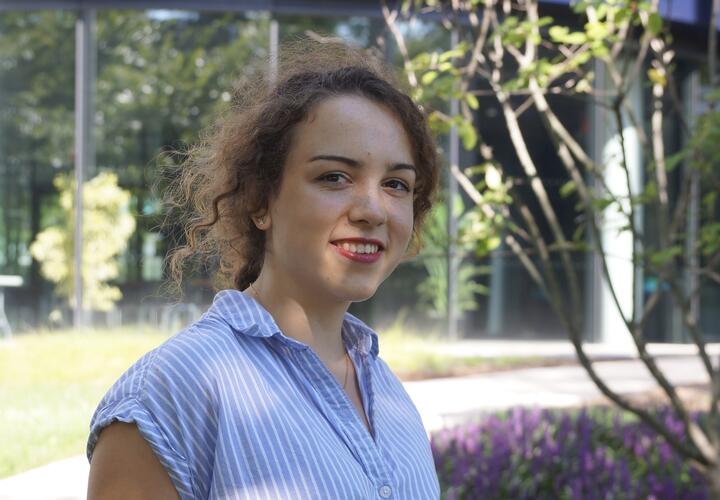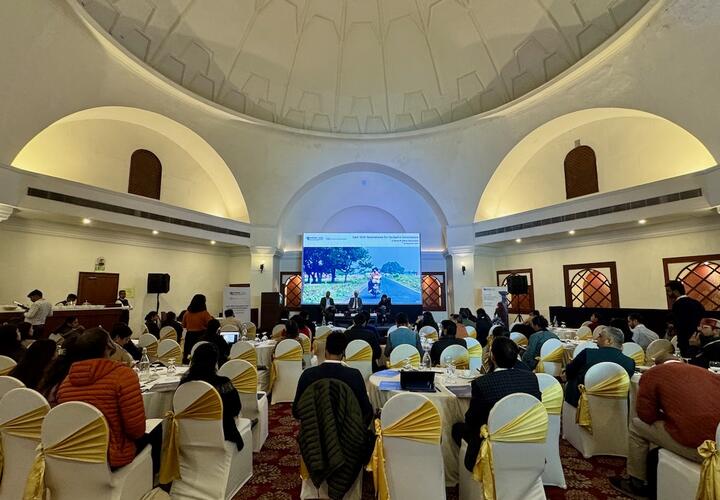News Item
… Including vulnerable communities in extreme weather early warning systems … February 6, 2023 | Perspectives … no warning when his village in the Indian state of Bihar was flooded in 2022. “The river herself tells us when … Robinson for editorial assistance on this article. Related projects Building Community-level Flood Early Warning Systems …
Relevance: 102.85767
